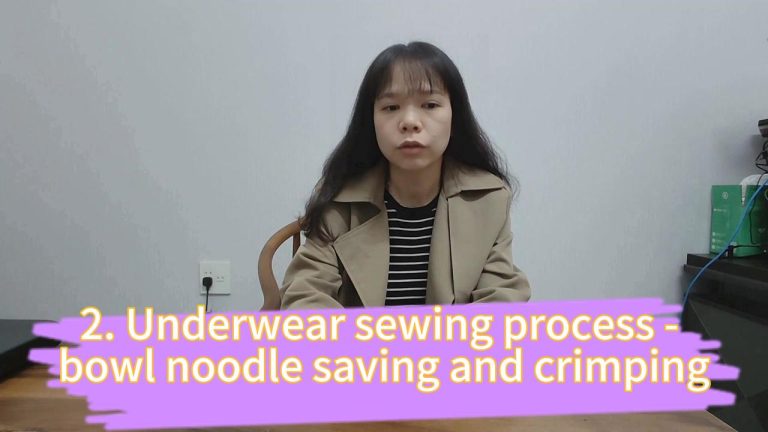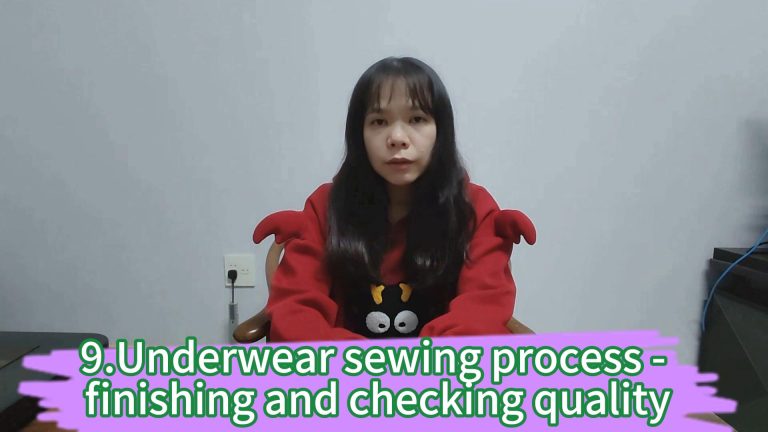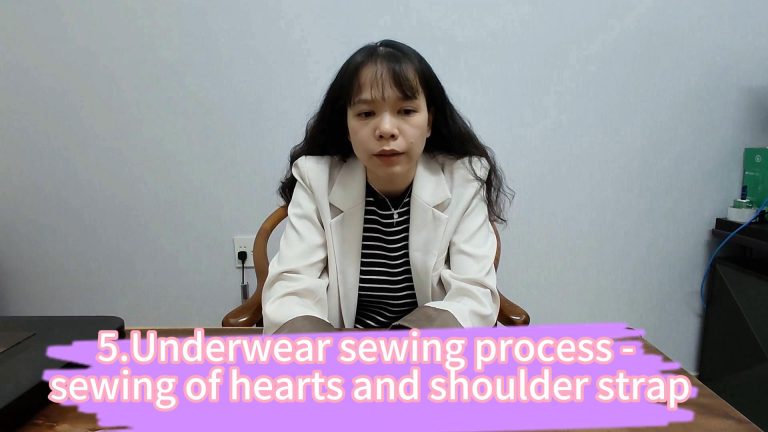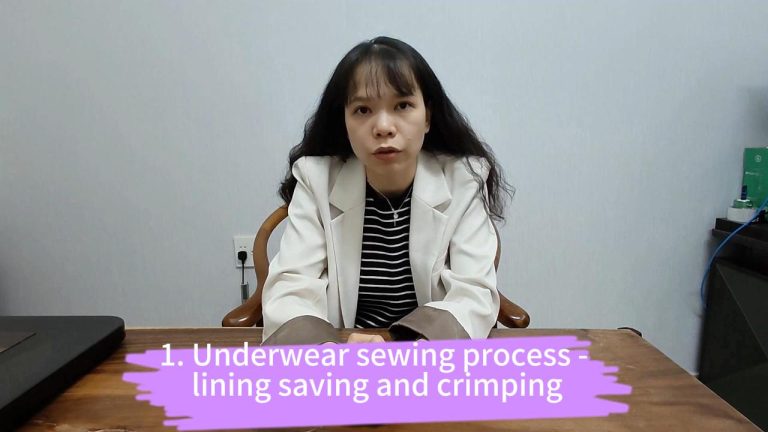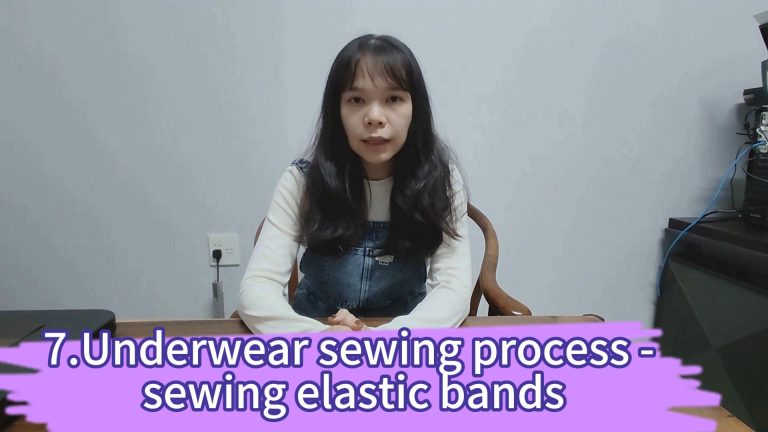4.Underwear sewing process – the alignment of the bowl surface
The Art of Bowl Noodle Routing and Heart Line Sewing
By Lia
Diving Deep into the Craft of Noodle Routing and Heart Line Sewing
Table of Contents
Introduction
Hello everyone, I’m Lia, and today we’re diving into the intricacies of bowl noodle routing and heart line sewing. Let’s explore the details that make a difference in the quality and comfort of your garments.
Herringbone on the Bowl Noodles
- Front Bowl Side Line: Also known as the herringbone, it involves fixing a small Ren car to the front bowl edge, creating an N-shaped line that is both beautiful and generous.
- Line Settlement: The line must be settled in the front bowl without falling into the cloth or bowl edge.
- Production Techniques: It’s crucial not to stretch the flower surface, as this can cause the flower wave to curl downward, affecting both beauty and wearing comfort.
- Process Requirements: Strict adherence to process requirements ensures the flower wave remains erect and beautiful, without exposing the cotton edge.
- Measurements: A low wave of 0.1 line on the flower surface, with a 5mm low wave at the heart position (bowl position) to control the feel.
- Stitches and Consistency: Ensure stitches are normal, with consistent height of the flower wave on both sides, and the flower surface is pieced neatly.
- Quality Check: Check the size and color for correctness, and look for any damaged flower surface before placing it neatly.
Heart Line Routing
- Common Name: Chicken heart, the heart line is an important part of connecting the two cups.
- Function: It includes a shaping yarn that is inelastic, providing positioning and a comfortable fit.
- Inspection: When touching the piece, first check the size and color consistency with the cotton bowl, and pay attention to any damage or color difference.
- Sewing Technique: Sew with a flat turn, ensuring the sub-mouth does not exceed 5mm, and the stitches are slightly loose for comfort.
- Alignment and Neatness: The entrance should be aligned, and the thread should not be dropped to prevent outbursts. Ensure it is flat and placed neatly.
Thank you for joining us on this journey through the world of garment craftsmanship. Stay connected for more informative content, and let’s continue to learn and explore together.



